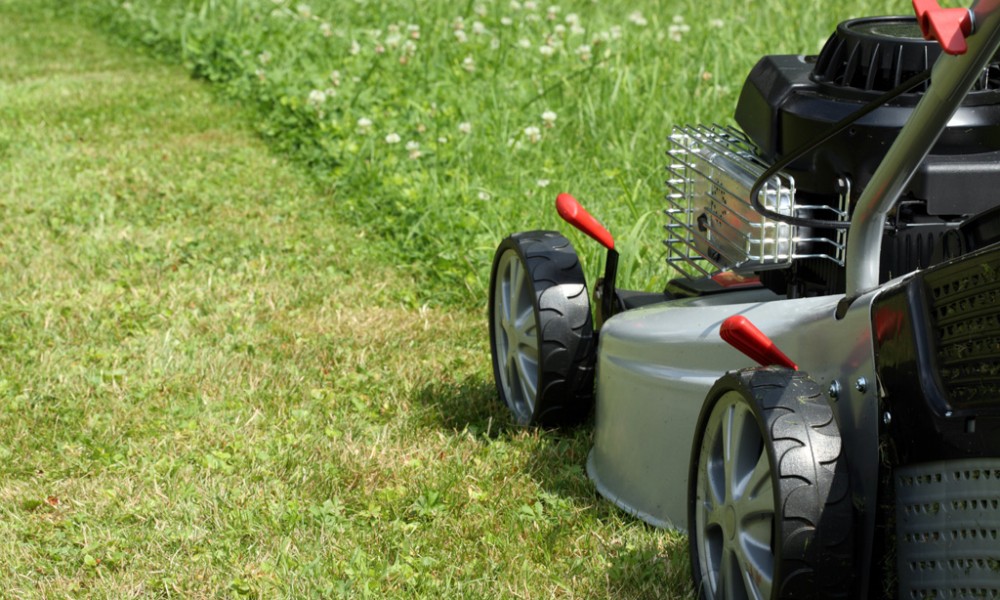Memorial Day weekend marks the official beginning of summer. As schools let out and the season of yard work kicks into high gear, the National Gasoline Safety Project (NGSP) is reminding parents to take extra care so summer chores fueled by gasoline don’t put their families at unnecessary risk.
The number one thing parents should do is to always keep gas out of reach of children. The NGSP urges parents to use approved gas cans with child resistant features, always think safety first, and safely store gasoline before heading in for a shower or cool glass of lemonade. A momentary distraction could have devastating consequences.
Parents can also make sure their home gas cans and spouts meet child-resistant standards. Since 2009, the Children’s Gasoline Burn Prevention Act has required that all gasoline containers intended for consumer use be equipped with child-resistant closings. The industry standard now requires that all products intended for use with consumer fuel containers, including replacement closures and spouts, must meet the child resistant standards.
Families using consumer cans with child resistant caps reduce risk of poisoning from ingestion of gasoline and fume inhalation as well as the potential for burns and fires related to accidental spills. Check the safety features of your home gas can in three simple steps:
- Make sure it is a can for consumer use – industrial cans are not made to the same standards;
- Check to see if the can has a certification from TSG or CSA
- Make sure it was manufactured after 2009; and,
- Make sure it has the factory cap and spout, or child resistant equivalent
Users should also remember that gasoline and fire do not mix. Gasoline should never be exposed to a flame or other ignition source.
The NGSP is an outreach effort of the Portable Fuel Container Manufacturers Association. Through its Stop Gas Fires campaign (www.StopGasFires.org), the NGSP is working with parents and community groups to reduce burn injuries to children by promoting safe gasoline handling practices.
Gasoline Safety Tips
- Keep gas out of reach of children. Out of sight isn’t enough, for any age. Store your gasoline where children cannot access it. Many parents keep their gas in a locked location.
- Use an approved container. Use a container intended for consumer use that is child resistant. Don’t bypass the safety features with replacement parts that are not child resistant. Never use old soda bottles or other makeshift containers to store gas; someone might think it’s a beverage and drink it. And remember that even a small cup of gasoline can emit vapors and may ignite.
- Never use gas to start a fire. Parents who mix gas and fire put themselves — and anyone near them — at risk of injury or death. Kids also learn by example.
- Store gasoline in a well-ventilated area outside your vehicle and living space. Consider a detached garage or outdoor storage shed.
- Keep gas away from any source of heat, spark or flame. Even common household appliances like water heaters and clothes dryers can ignite gas vapors. Never smoke near gasoline.
- Read the warning label on your gas can. A list of safety precautions is imprinted on every approved portable gasoline container. Make sure you read the warnings if you store gasoline at home.
- Visit StopGasFires.org for more information.
SOURCE: National Gasoline Safety Project





No comments